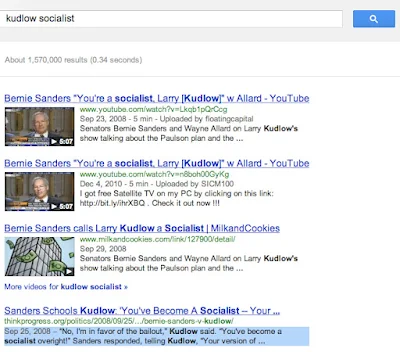In the attack on the traditional values of the American people, Republican presidents bear heavy responsibility for betraying them by their Supreme Court appointments.
Reagan is a particular disappointment. In the history of conservatism, he should assume the status more of "Democrat in recovery" than "conservative." And if it weren't for his signature on the 1986 law known as
EMTALA, we might not be in this mess today.
So don't get your hopes up about Roberts and Alito on ObamaCare, let alone Kennedy.
"In disallowing many state and federal restrictions on abortion in the United States, Roe v. Wade prompted a national debate that continues today, about issues including whether and to what extent abortion should be legal, who should decide the legality of abortion, what methods the Supreme Court should use in constitutional adjudication, and what the role should be of religious and moral views in the political sphere. Roe v. Wade reshaped national politics, dividing much of the United States into pro-choice and pro-life camps, while activating grassroots movements on both sides."
In the majority were:
Blackmun (NIXON APPOINTEE, 1970),
joined by
Burger (NIXON APPOINTEE, 1969),
Douglas,
Brennan (EISENHOWER APPOINTEE, 1956),
Stewart (EISENHOWER APPOINTEE, 1958),
Marshall,
Powell (NIXON APPOINTEE, 1971).
"In the 6-3 ruling, the Court struck down the sodomy law in Texas and, by proxy, invalidated sodomy laws in the thirteen other states where still existed, thereby making same-sex sexual activity legal in every U.S. state and territory."
In the majority were:
Kennedy (REAGAN APPOINTEE, 1988),
joined by
Stevens (FORD APPOINTEE, 1975),
Souter (BUSH APPOINTEE, 1990),
Ginsburg,
Breyer,
with concurrence by O'Connor (REAGAN APPOINTEE, 1981).
The sheep will get in line and follow their shepherd Romney this year. But if you believe that as president he will appoint anyone substantively different than this lot, fuhgehtaboudit. The Senate would never confirm such a person anyway, especially its Republican members, as disgraceful and disreputable a lot as you'll find anywhere in America.










































